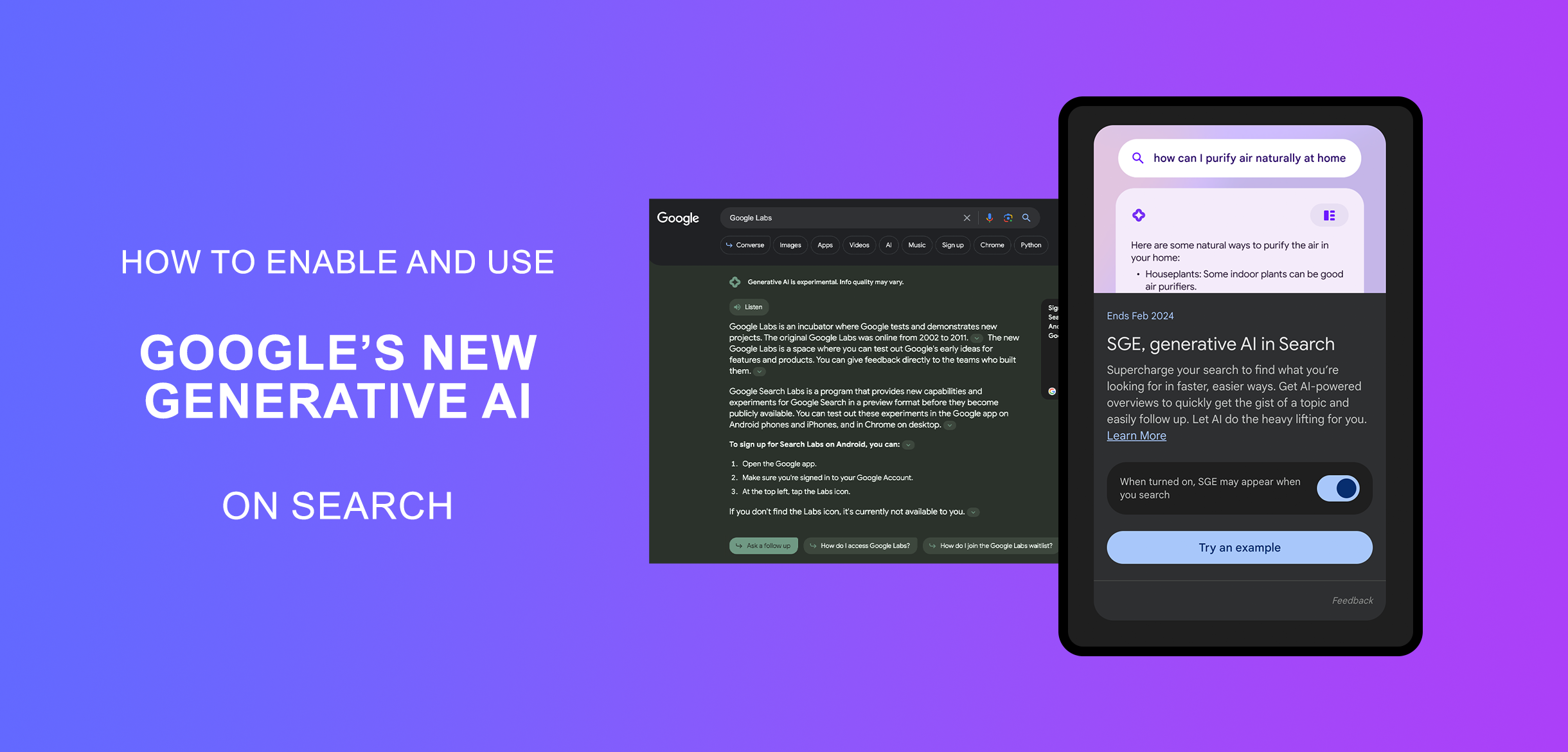The Night the Cloud Went Dark
On October 19, 2025, at 11:49 PM PDT, businesses worldwide began facing a sudden crisis. Systems started timing out, databases became unreachable, and APIs failed without warning. Within minutes, engineers realized this wasn’t a small glitch—it was a major outage in AWS’s US-EAST-1 region, one of Amazon’s most critical and widely used cloud regions.
For nearly 15 hours, thousands of organizations—ranging from startups to global enterprises—were brought to a standstill. E-commerce websites couldn’t process transactions, mobile apps failed to connect to servers, and SaaS products went offline entirely. Even companies that had followed AWS’s best practices—using multiple Availability Zones and auto-scaling features—were left powerless.
This incident reminded everyone of an uncomfortable truth: cloud doesn’t always mean invincible.
Root Cause: Internal DNS Failure Triggered a Chain Reaction
At the center of the outage was a DNS resolution failure within AWS’s internal network, affecting key services like DynamoDB. Once DNS queries began to fail, dependent services such as EC2, Lambda, CloudWatch, and others started experiencing cascading failures.
Unlike external DNS issues that customers can mitigate, this was an internal AWS control plane problem—completely out of the users’ control. Even deployments spread across multiple Availability Zones (AZs) went down because all AZs in a region rely on the same internal AWS infrastructure.
The outcome was clear: when the region itself collapses, redundancy inside that region becomes meaningless.
Why Multi-AZ Isn’t True High Availability
Many businesses rely on AWS’s promise of 99.99% availability, which allows roughly 52 minutes of downtime per year. However, this outage lasted 15 hours, exceeding that by more than 17 times.
To put this into perspective, an online store processing 100,000 dollars in daily sales could lose 62,500 dollars in just that period—excluding long-term brand damage and customer loss.
The US-EAST-1 region handles nearly 30–40% of AWS workloads globally. Its dominance makes it efficient but also dangerously centralized. Availability Zones protect against data center-level issues like power or hardware failures, but not region-wide disruptions caused by control plane or internal network failures.
The key takeaway: AZs are like rooms in a house—if the entire house floods, every room goes under. You need multiple houses (regions) to stay safe.
Building Cloud Resilience: Three Proven Approaches
1. Multi-Region Deployment (Best Balance)
Running workloads in multiple AWS regions is the simplest and most effective step toward resilience. This involves a primary region, such as US-EAST-1, and a secondary region, such as US-WEST-2. Data replication, health monitoring, and automatic failover should be configured between them.
Common approaches include:
- Active–Active: Both regions serve live traffic; instant failover but higher cost.
- Active–Passive: Secondary region stays ready for takeover; moderate cost and downtime.
- Pilot Light: Minimal setup in backup region; lowest cost but slower recovery of about 30–60 minutes.
Organizations that used multi-region setups during the outage experienced only minor interruptions—most customers never noticed the downtime.
2. Multi-Cloud Strategy (Maximum Protection)
A multi-cloud approach distributes workloads across multiple providers like AWS, Google Cloud, and Microsoft Azure. When one cloud provider experiences a major outage, your services continue running elsewhere. This ensures provider-level fault tolerance but introduces added complexity, network challenges, and cost considerations due to cross-cloud data transfers.
Many organizations adopt a selective multi-cloud model where core components like authentication, payments, or APIs are spread across clouds, while internal tools remain in one provider. This approach provides balance—protecting critical services without doubling operations.
3. Hybrid Cloud (Maximum Control)
A hybrid model combines on-premises infrastructure with cloud environments. Critical services can be hosted locally for guaranteed control and uptime, while cloud resources handle scalability. This setup offers resilience and independence but requires managing physical servers, hardware, and maintenance.
The Role of Automation in Disaster Recovery
During outages, time is critical. Manual failover can take hours, while automated failover systems can recover within minutes.
An effective automated recovery plan includes:
- Continuous health monitoring
- Predefined failure thresholds
- Well-tested automation scripts
Automation ensures downtime stays minimal and prevents human delays during crises.
Essential Skills for Modern Cloud Professionals
The October 2025 outage highlights an industry-wide truth: multi-region and multi-cloud knowledge is now essential, not optional.
Professionals should focus on:
- Cross-cloud expertise: Learn AWS, Azure, and GCP to design provider-agnostic solutions.
- Portable technologies: Use Kubernetes, Terraform, and Ansible for infrastructure that works everywhere.
- Networking fundamentals: Understand DNS, BGP, load balancing, and VPNs to diagnose failures effectively.
Cloud reliability now depends as much on architectural decisions as on technical skills.
Conclusion: The Future of Cloud Resilience
The AWS outage of October 2025 was more than a disruption—it was a wake-up call. Even the world’s largest cloud provider can experience cascading failures that affect millions.
Businesses must rethink what high availability truly means. Relying on a single cloud region—or even a single cloud provider—is no longer enough. True resilience comes from diversity, automation, and smart architecture. In the new era of cloud computing, success belongs to those who design for failure before it happens.



